If you’ve been searching for an accessible home for more than 10 minutes, you probably know that there’s more to it than pulling up a website and seeing the home of your dreams. It’s generally more challenging to find a place that meets your needs when you have a disability. However, it’s a little easier than it used to be, especially if you know what you need and come at it with the right approach. Below, we’ll discuss four factors to keep in mind that can help you find an accessible home that serves you well.
1. First-Time Buyer Tasks
Regardless of your disability, if you are a first-time homebuyer, it’s important to keep a few things in mind. Before diving too deep into your home search, be sure to check your credit score, hire a qualified real estate agent, and estimate the amount you can realistically spend on your new home.
When estimating what you can afford, you want to leave room in your budget for potential home modifications as well as other lifestyle needs and comforts. Also, look into getting preapproved for a mortgage, and make sure all of the paperwork that your lender might need is organized and accessible.
While you’re at it, research financial assistance programs. The Balance notes you may qualify for a variety of programs that can aid in the purchase of a new home and/or home modifications.
2. Structure
The chances of finding a home that meets all of your needs right off the bat are slim. Most likely, you will need to make modifications to the home you purchase. The key is to find a home that will require the fewest number of major modifications possible. For example, if you use a wheelchair, you might begin your home search for single-story homes with a zero-step (or relatively flat) entry.
Bob Vila points out that with any home you are considering, you want to ensure it has stable structural components, such as the roof, foundation, walls, and ceilings. Also, keep in mind that you will need wider doorways and hallways if using a wheelchair. So, if you can find a home that meets those specifications, it’s a win, though you can make modifications if necessary.
3. Modifications
There are many home modifications that can be made to make your home safer, more accessible, and more comfortable. The improvements necessary will depend on your specific needs, as well as the home itself. Here are some of the most common home modifications made by people with disabilities:
Widening doorways and hallways
Creating a zero-step entry or installing a wheelchair ramp
Lowering countertop and vanity heights
Installing a walk-in shower/bathtub and grab bars
Improving lighting throughout the home
Replacing high-pile carpet with low-pile carpet, hardwood, laminate, or tile floors
4. Maintenance
Finally, it’s important to consider maintenance when you're looking for the right accessible home. If you have limited mobility, it might be challenging or impractical to perform certain upkeep tasks with your home. That’s why it could serve you well to opt for a smaller home and/or a smaller yard. Of course, you can always budget for hiring a property management company like BPM to keep your property in great shape year-round.
It may not be easy to find an accessible home, but that doesn’t mean that it’s impossible. If you know what you need and use the right websites, you should be able to find a home that meets—or can be made to meet—all of your needs. Be sure to take all the necessary steps if you are a first-time homebuyer, and consider structure, potential modifications, and potential maintenance of any home you are considering.


